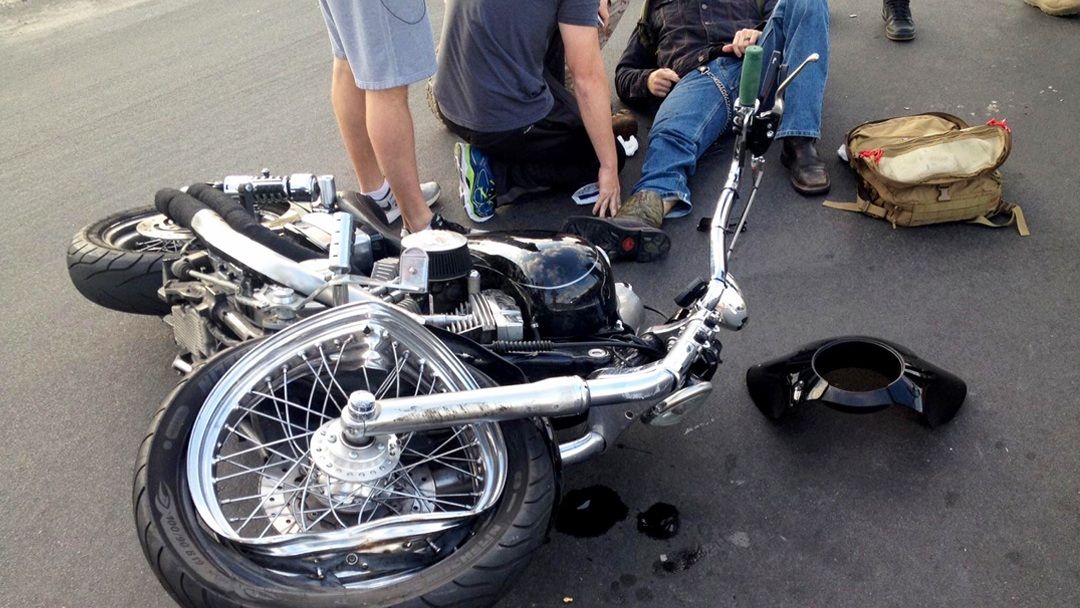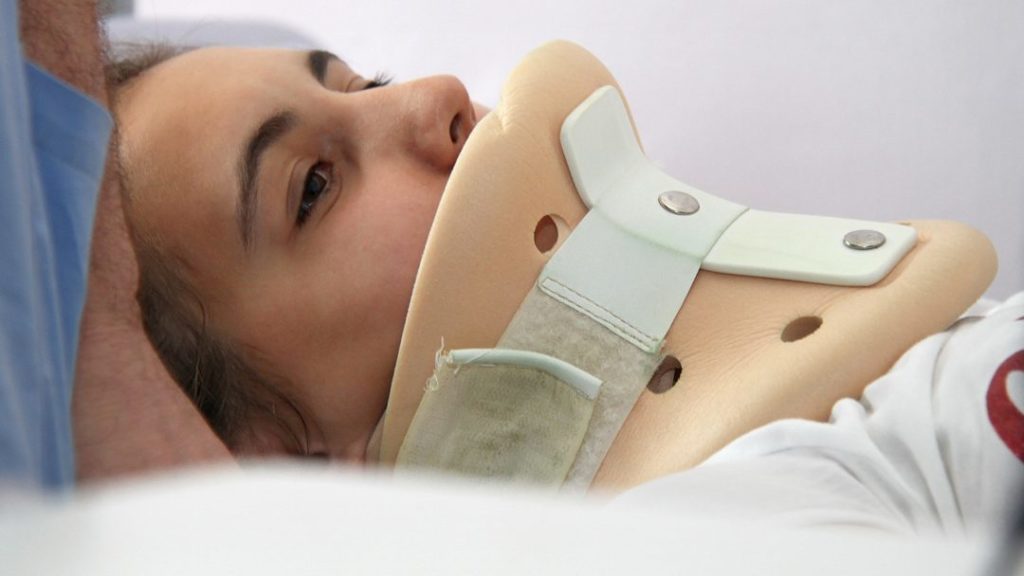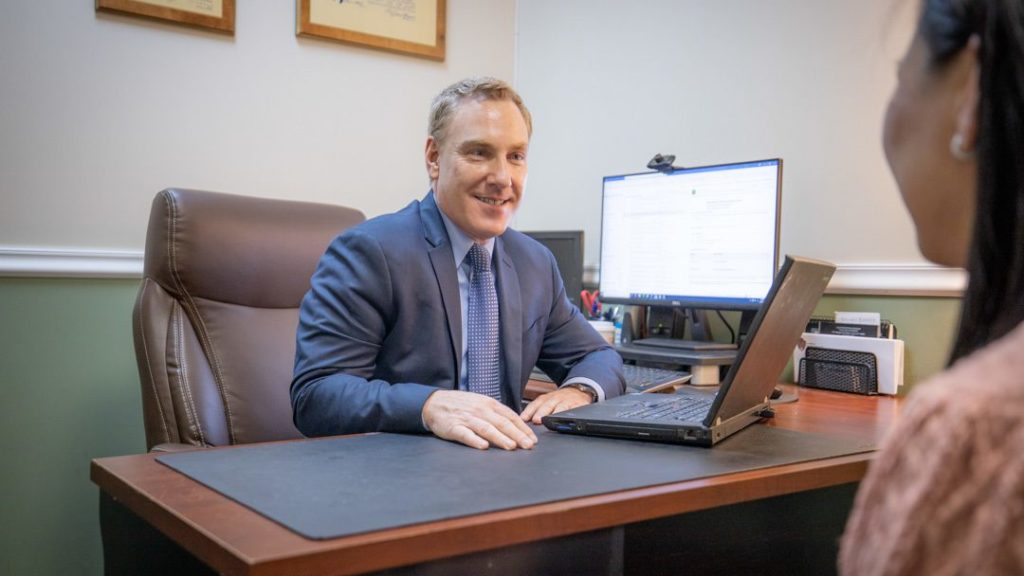
In a Bronx Motorcycle Accident: What Should I Do?
What Should I Do If I’ve Been Involved in a Motorcycle Accident in the Bronx?
Motorcycle accidents in the Bronx can be a tragic experience, often leaving victims overwhelmed and uncertain about the next steps. This article aims to provide clarity on what to do immediately after an accident, the importance of understanding the surrounding scene, and the current statistics on motorcycle accidents.
Additionally, you’ll gain insights into the role of a motorcycle accident lawyer, the process of filing a malpractice claim, and the essential road safety measures for motorcyclists in the Bronx. By the end of this read, you’ll be equipped with essential knowledge to handle such situations effectively.
What Should I Do If I’ve Been Involved in a Motorcycle Accident in the Bronx?
If you’ve been in a motorcycle accident in the Bronx, the first thing you should do is ensure your safety and seek emergency medical attention.
Even if you feel fine, some injuries motorcycle accidents cause might not be immediately apparent. Prioritizing medical care is crucial due to injuries unnoticed by the victims.
Once you’re out of immediate danger, assess the extent of the damage in the area. If people are present, check if anyone else needs medical assistance. If a truck accident is involved, be doubly cautious due to the size and potential harm trucks can cause.
Always notify the authorities about the crash, even if it seems minor. When they arrive, share the details of the incident and cooperate fully. Documentation is key, so collect essential details. Taking pictures of the scene, the damages to vehicles involved, and any visible injuries can serve as valuable evidence.
While it’s not anyone’s job to assign blame at the scene, be mindful of the statements you make. Avoid admitting fault, even if you feel responsible. Sometimes, the true negligence or cause of an accident isn’t clear without a thorough investigation.
Speak with witnesses and gather their contact details. They can provide an independent account of the incident, which can be invaluable later on. If a truck was involved in your accident, collecting details about the trucking company and driver becomes essential.
Contact your motorcycle insurance provider to report the accident and begin the claims process. Many insurance companies also offer services to guide you after an accident, so utilize them if available.
Lastly, consider seeking legal advice, especially if there’s a possibility of a negligence claim. Some law firms offer a free case review, where they evaluate the circumstances of your accident and advise on potential legal steps.
The aftermath of a motorcycle ride accident can be overwhelming, but remembering these things can guide you through the process and ensure you take appropriate actions to protect yourself and your rights.
Scene Insights and Critical Things to Remember After a Crash
When involved in a motorcycle accident, the immediate aftermath can be a whirlwind of emotions and actions. Understanding the scene and its intricacies can play a significant role in how events unfold later.
One of the first observations to make is the state of the road. What were the conditions like? Wet, dry, under construction? Noting these details can help establish factors that might have contributed to the accident.
The positioning of your motorcycle, any car or other vehicles involved, and the damage to each can tell a story. Before any vehicles are moved pictures should be taken from various angles. These pictures can be critical in reconstructing the events leading up to the crash and can provide clarity if there are discrepancies in the driver accounts.
Debris from the accident, skid marks, and even the resting position of the motorcycle post-crash can provide insight into the accident dynamics. These pieces of evidence can be instrumental if a personal injury claim arises.
Remember, every accident scene is unique. While some scenes might have security cameras, others might have bystanders who captured the event on a video player. In such cases, understanding player preferences and accessing the footage becomes crucial. It offers an unbiased recounting of events that can be invaluable to a law group representing you.
Moreover, in the digital age, many cars come equipped with dash cams. If a car was involved in the accident, it’s worthwhile to inquire if they had one running. Such footage can be a game-changer in understanding how the accident transpired.
Lastly, while physical injuries are often evident, the scene can also offer insights into potential psychological trauma, especially if there were significant damages or if someone was critically injured. Such observations can be crucial when seeking medical and psychological help post-accident.
While the scene of a motorcycle accident can be overwhelming, taking a moment to observe and document it can make all the difference in understanding the event and aiding any subsequent legal actions.
Motorcycle Accident Statistics
Studies have shown that about 75% of motorcycle accidents involve a collision with an automobile in which the automobile’s driver was at fault. Drivers often aren’t paying attention and don’t look carefully for motorcycles. Most motorcycle drivers are safe and use a great deal of caution because they don’t have the built-in protections that automobiles do.
Recent statistics from the Governor’s Traffic Safety Committee (GTSC) have raised alarms, especially with fatal motorcycle crashes in New York seeing a staggering increase of 52% in 2021, up to 201 fatalities from 132 reported in 2019. During Motorcycle Safety Awareness Month in May, GTSC Chair and DMV Commissioner Mark J.F. Schroeder emphasized the importance of motorists and riders sharing the road, reminding us that the crash data represents real lives – friends, family, and neighbors.
New York has long championed motorcycle safety, being the first state to mandate helmets and establishing the New York State Motorcycle Safety Program (NYSMSP) over two decades ago. This program aims to educate riders on effective riding techniques and the importance of protective apparel, among other things.
If you’ve been involved in the Bronx motorcycle accident, it’s important to contact an attorney. An attorney can help you in numerous ways. First, the attorney can review the documentation, including accident reports and witness statements, as well as visit the accident scene. The attorney can then make a judgment on whether you have a solid case and, if so, who is responsible for paying for your damages.
How Does a Motorcycle Accident Lawyer Help Me?
If the attorney believes you do have a good case, the attorney can help fight on your behalf to obtain compensation for your accident. This could mean negotiating with insurance companies or other responsible parties or taking your case to trial. Your case could be settled fairly quickly, or it could take a significant amount of time to obtain a fair amount of compensation from the responsible parties.
In the aftermath of motorcycle accidents, many crucial things tend to be overlooked. The immediate focus on injuries might cause essential details to slip through the cracks. One such thing could be gathering evidence from the accident scene or obtaining user video footage, which can be pivotal for the case.
This is where a dedicated attorney steps in. They ensure that the police reports are comprehensive, witness accounts are recorded, and any driver negligence is properly highlighted. When handling a personal injury case, such attention to detail can significantly improve the chances of a favorable resolution. Ensuring the right steps are taken post-accident should be a priority.
Because motorcycle accidents are frequently so catastrophic and involve such serious injuries, it’s important that you obtain an experienced New York personal injury law firm to assist with your motorcycle accident.
How to File a Malpractice Claim After a Motorcycle Collision
Experiencing a motorcycle collision is distressing, but understanding the specific nuances of filing a malpractice claim against a healthcare provider or professional adds another layer of complexity. Here’s how to navigate this unique intersection of personal injury and medical malpractice.
- Distinguish Between Accident Injury and Malpractice: Firstly, recognize that not all injuries from a motorcycle collision are grounds for a malpractice claim. Malpractice pertains to negligence or incompetence from a medical professional during your treatment after the accident.
- Secure Medical Records: After you’ve received treatment for your injury, request all medical records. This documentation provides a foundation for your claim, detailing the treatments you received and the decisions made by your healthcare providers.
- Consult a Specialist: Obtain a second opinion. If another medical professional believes that the treatment provided was not up to the standard of care, it can strengthen your malpractice claim.
- Seek Legal Counsel: Malpractice claims are intricate. A personal injury attorney with experience in both motorcycle accidents and medical malpractice can provide valuable guidance. They can assess if the injury or harm you faced after the collision was due to the driver’s negligence, the medical treatment, or a combination of both.
- Expert Testimony: Most malpractice claims require testimony from a medical expert who can affirm that the healthcare provider’s actions (or lack thereof) fell below the standard of care and directly led to further injuries.
- Filing the Claim: Your attorney will guide you through the complexities of lodging a formal complaint, which should detail the nature of the malpractice, how it caused additional harm, and the compensation you’re seeking.
- Be Prepared for a Defense: Medical professionals and their insurers often defend malpractice claims vigorously. Equip yourself with evidence, expert testimonies, and a steadfast attorney to counter their arguments.
In essence, while a motorcycle collision itself can be the result of another driver’s negligence if you face further injuries due to inadequate or erroneous medical treatment, you have the right to file a malpractice claim. Understanding the specific steps and considerations for such claims ensures that you’re adequately prepared to seek justice and compensation.
Road Safety Measures for Motorcyclists in the Bronx
The bustling streets of the Bronx present unique challenges for motorcyclists. From navigating heavy traffic to adjusting to unpredictable weather conditions, staying safe on the road requires a combination of proactive measures and continuous awareness.
Here are essential safety measures motorcyclists should consider:
- Gear Up: Always wear appropriate protective gear. A helmet is a must, not only because it’s the law but because it significantly reduces the risk of head injuries. Similarly, wearing protective jackets, gloves, and boots can prevent abrasions and offer some level of cushioning during an unforeseen fall.
- Stay Visible: Given the dense traffic in the Bronx, it’s crucial for motorcyclists to ensure other drivers easily see them. Wearing bright or reflective clothing, especially during low light conditions, and ensuring that your motorcycle’s lights are functional can make a significant difference.
- Follow Traffic Rules: Adhere to speed limits, signal intentions well in advance, and respect traffic lights and signs. The more predictable you are as a motorcyclist, the safer you’ll be.
- Defensive Riding: Always be alert to the actions of other drivers. Anticipate potential hazards and be ready to react. For instance, if a car is signaling to turn, slow down and be prepared for sudden moves.
- Avoid Blind Spots: Stay out of other vehicle’s blind spots, especially larger trucks. Always assume that if you can’t see the driver in their side mirror, they can’t see you either.
- Stay Updated on Road Conditions: The Bronx sees its fair share of construction and roadwork. Being aware of such areas can help you avoid rough patches, loose gravel, or sudden roadblocks.
- Participate in Safety Courses: Regularly attending motorcycle safety courses can refresh your skills and introduce you to new techniques or safety measures.
- Stay Sober: Alcohol and drugs impair judgment and reaction times. Riding under the influence jeopardizes not only your life but also the lives of others on the road.
- Weather Considerations: Rain, snow, and icy conditions make the roads slippery. If you must ride in unfavorable weather, reduce your speed and increase the distance from the vehicle in front of you.
- Maintenance: Regularly inspect your motorcycle for any signs of wear and tear. Ensure the brakes, tires, lights, and other essential parts are in good working condition.
While the Bronx offers motorcyclists the thrill of riding in a vibrant urban environment, it also demands heightened vigilance and preparedness. By following these safety measures and continuously updating one’s skills, motorcyclists can enjoy the road while minimizing risks.
Involved in a Motorcycle Accident? Contact Kerner Law Group, P.C. Today!
If you or your loved one was injured and you are in need of a New York Car Accident Attorney, the Kerner Law Group, P.C., located in the Yonkers/Riverdale/Kingsbridge section of New York, will investigate, prosecute and negotiate with the insurance company of the negligent party to settle your claim and obtain compensation for you based upon the severity of your injury and your pain and suffering. If you would like a legal opinion on the potential value of your matter or have a question about your rights, contact one of our lawyers at (718) 796-7900 to schedule a FREE Consultation online so we can evaluate your motorcycle accident case.


